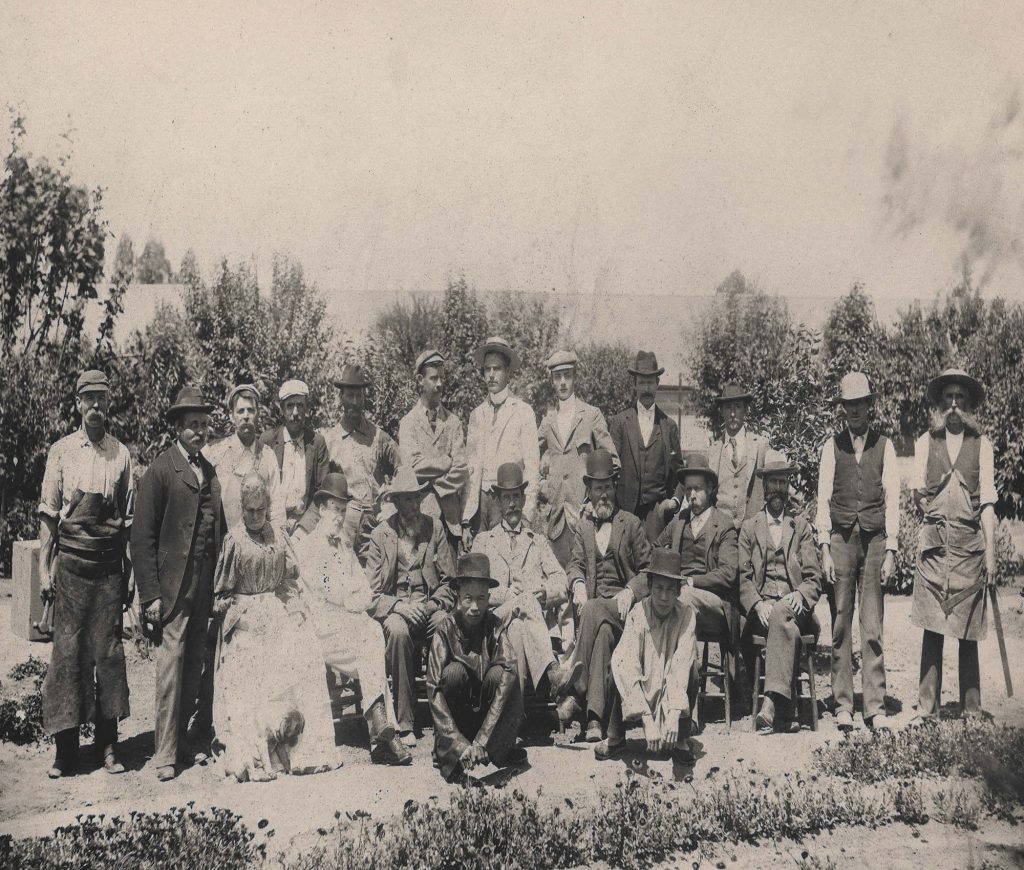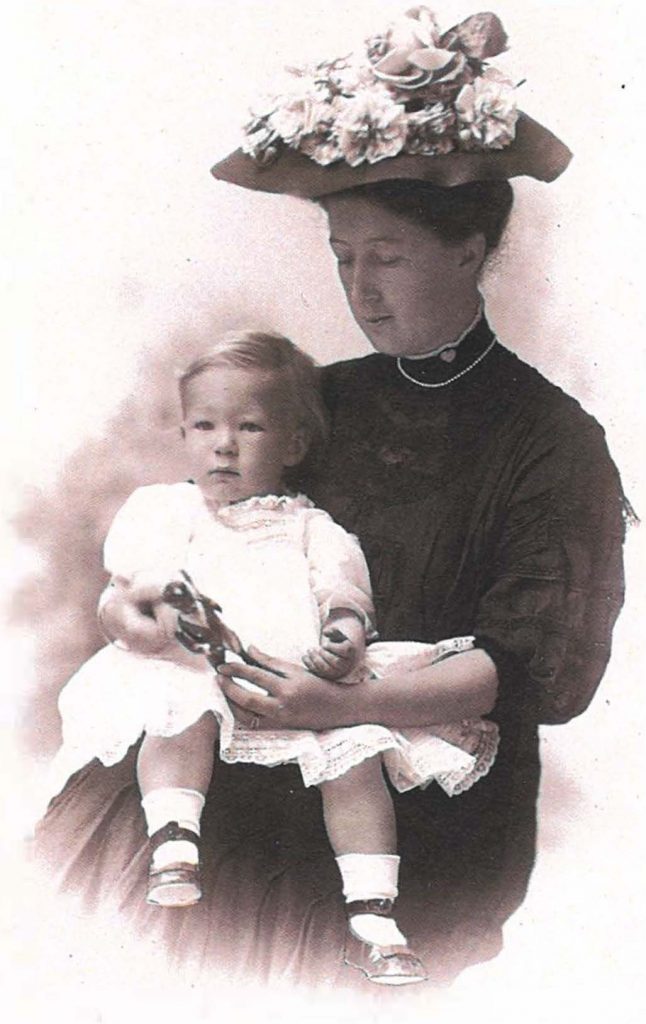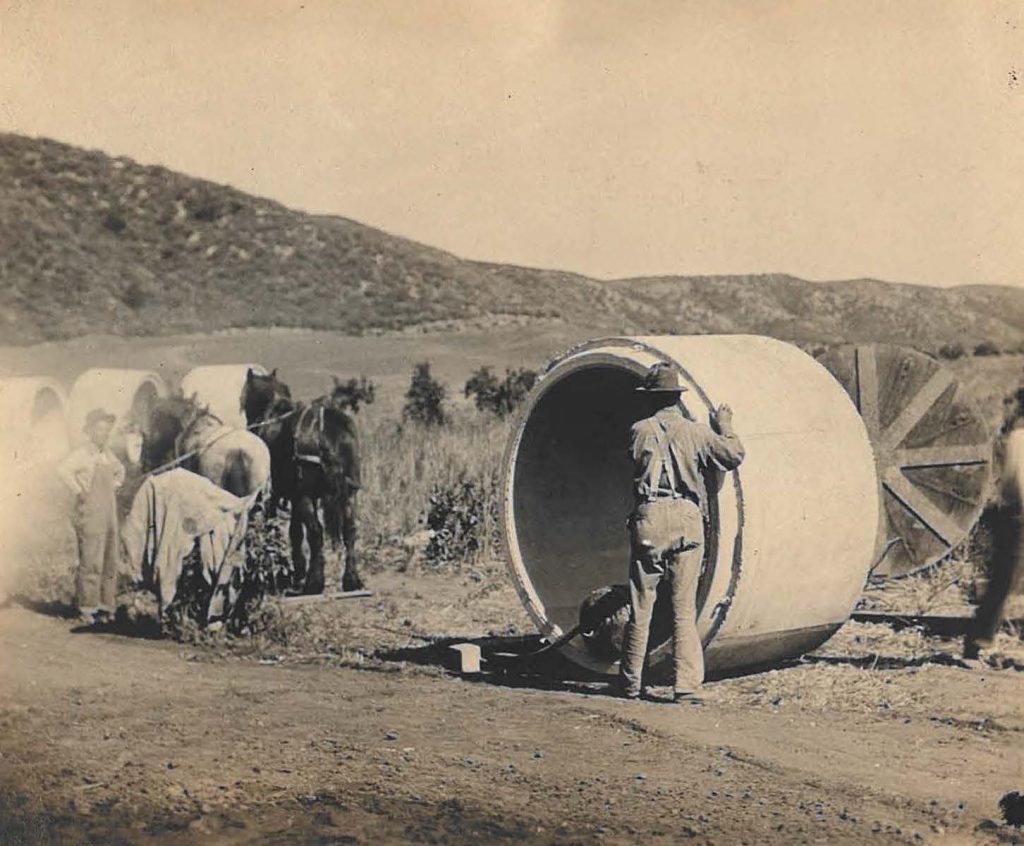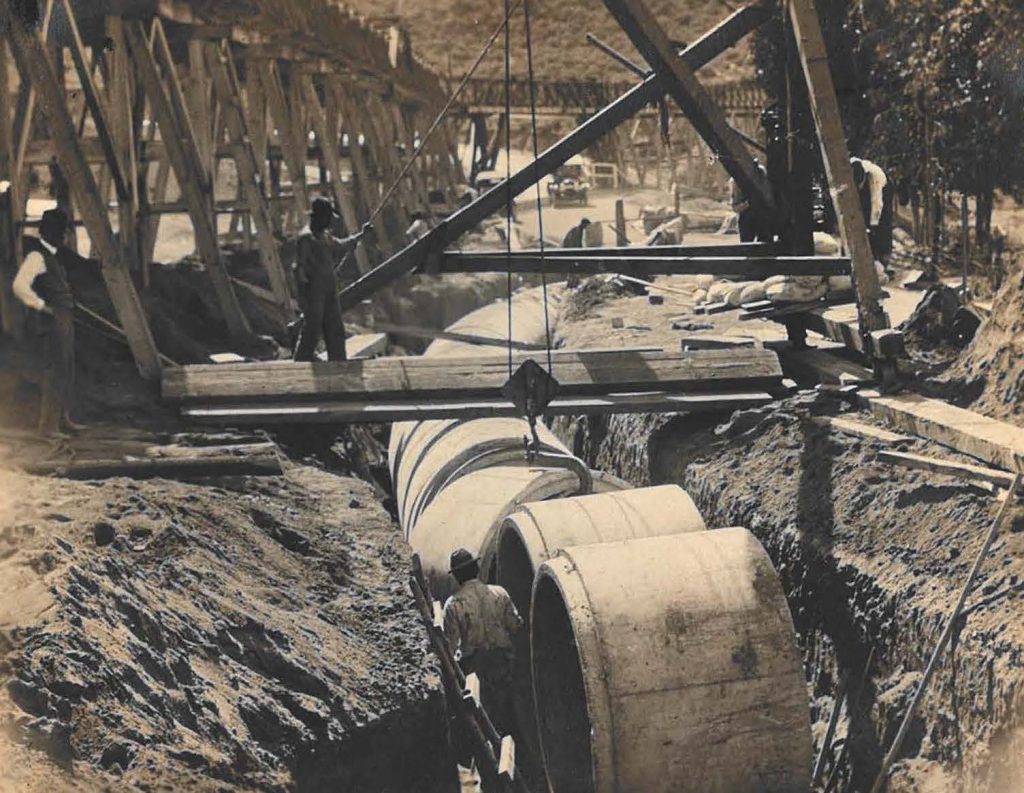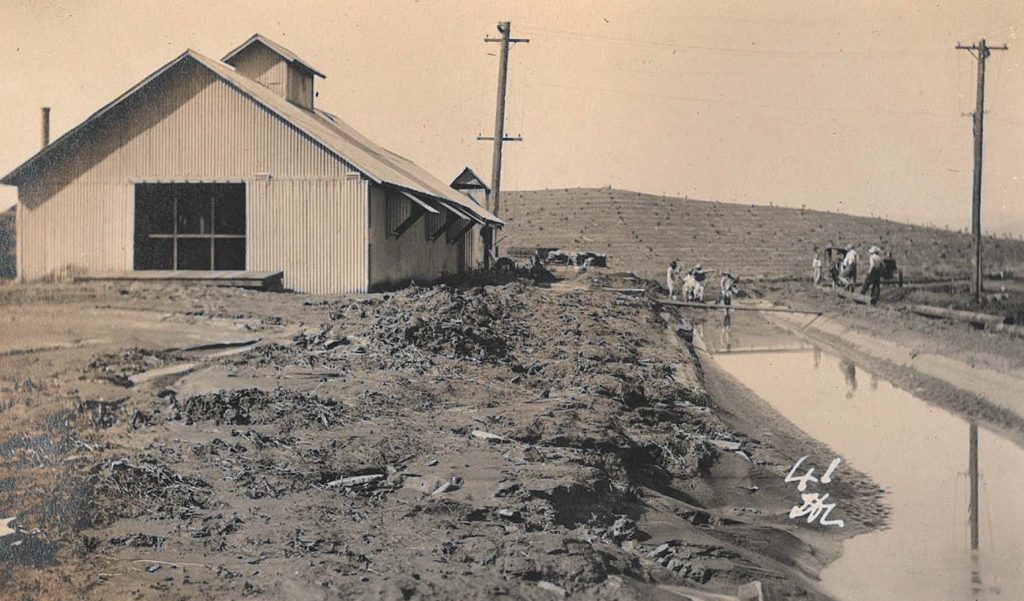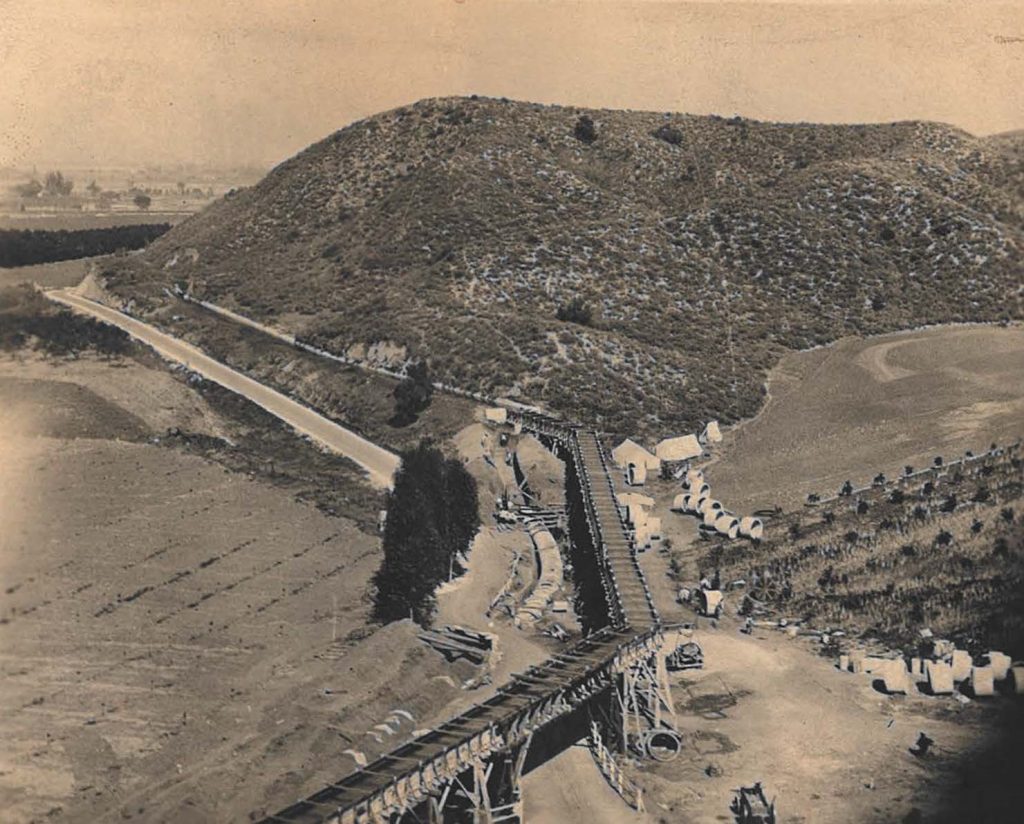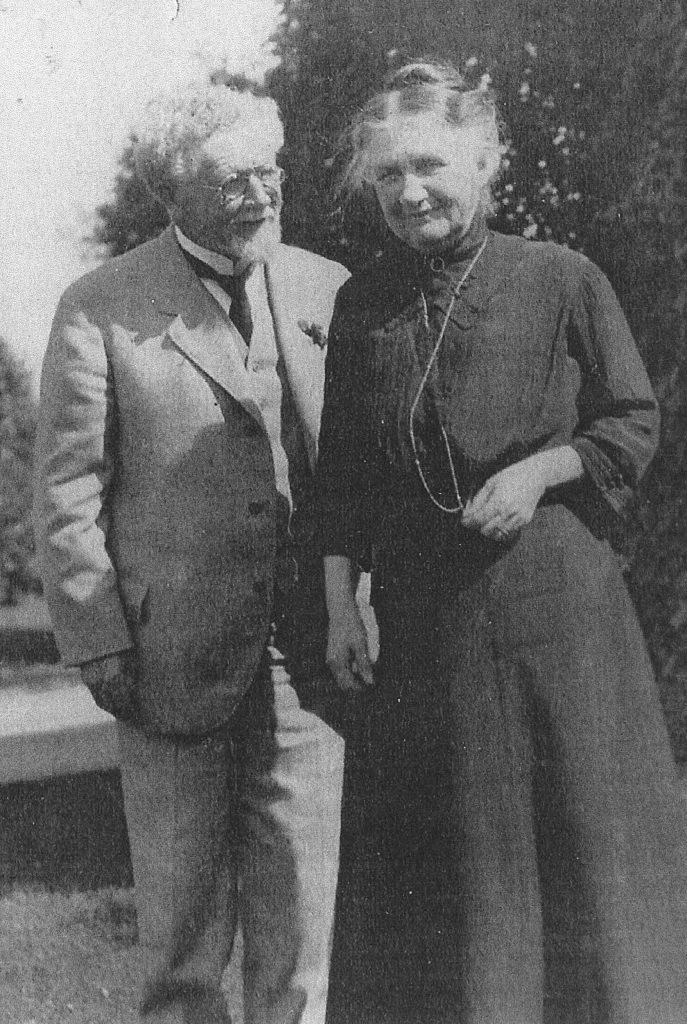History of the Canal

1870
1878
June 1878
Riverside hosts its first Citrus Fair for farmers to exhibit varieties of their homegrown fruit. The finest fruits were judged and awarded based on appearance and flavor. These fairs quickly became community gatherings that grew when local citizens purchased land for an exhibition hall in 1881.
1881
March 1881
April 1881
Matthew Gage opens a jewelry business inside Roe’s Drug Store to gain connections. Located on the corner of Main and 8th, Roe’s Drug Store was the most popular place to congregate, exchange news and gossip.
April 1881
Frank Green goes to Roe’s Drug Store to seek a buyer for his house on Fourteenth and Mulberry. Gage decides it would be an ideal place for his family of 6 as it came with ten acres of fruit producing trees.
October 1881
Gage pays $800 to buy the lot next to Roe’s Drug Store to expand his jewelry business.
1882
March 1882
Gage’s friends, George and William Chaffey inspire Gage to irrigate Section 30 after their success at establishing the town of Ontario. Gage takes out a land patent under the Desert Land Act of 1877 at 25 cents an acre and takes on the challenge of irrigating 640 acres in 3 years.
1883
September 1883
The community of Riverside incorporates to form a city.
1885
December 1885
Gage secures water sources, accumulating more than enough water to irrigate Section 30. Gage starts selling his excess of water before his canal is functional.
1886
January 1886
Three men file that Gage has not reclaimed Section 30 in attempt to settle on the land. A judge granted Gage an extension on his patent to the land after receiving proof of his progress.
November 1886
The first head of water finally reaches Section 30. The rest of Gage’s career revolves around maintaining irrigation and selling off his 10,000 acre estate.
1888
June 1888
1914
December 1914
UCR bought land to establish the Citrus Experiment Station that is still functional today.
1916
January 1916

